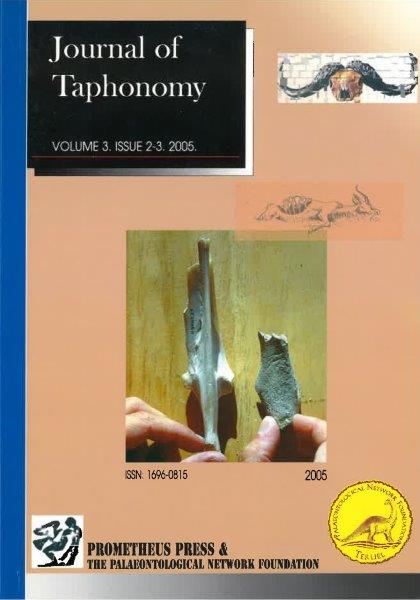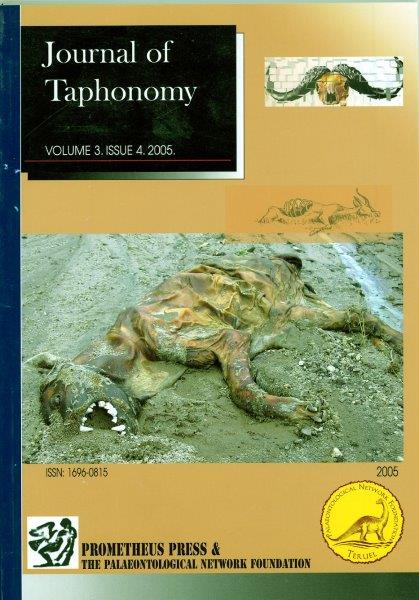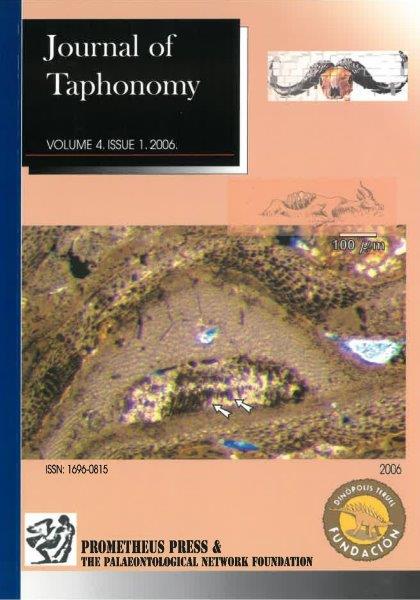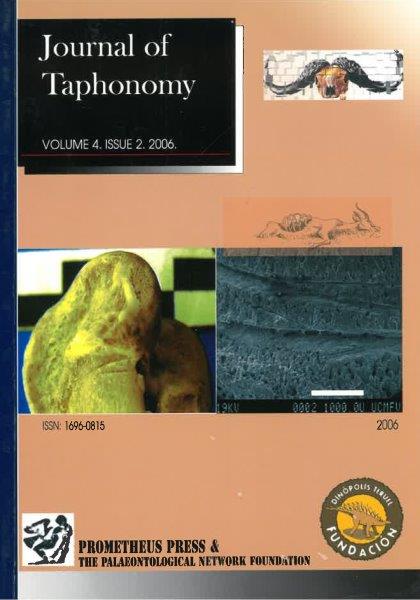The importance of storms as agents of deposition and erosion is obvious in many ancient offshore marine
successions. Indeed, storm-generated shell beds are among the most prominent small-scale features in
otherwise monotonous successions, particularly those dominated by mudstones. Shell beds are usually
interpreted as products of rare episodes of storm-generated disturbance punctuating long periods (tens, to
hundreds, to thousands of years) of quiescence, the shell beds representing storms of greatest severity.
The taphonomic attributes of shell beds in the Middle Devonian Arkona Shale (southwestern
Ontario) indicate that even “simple” shell beds can have complex histories. Shell-rich beds dominated by
well-preserved remains of small rugose corals, spiriferid brachiopods, and a variety of crinoids, are
commonly associated with pavements of shell debris reworked by earlier storms. Taphonomic dissection
of five examples, informally called the lower Arthroacantha bed, the in situ Mucrospirifer bed, the upper
Arthroacantha bed, the auloporid bed, and the Microcyclus bed, reveals a common theme; initial priming
of the seafloor by one or more storms, was followed by colonization of the primed substrate by shelly
benthic fauna which, in turn, was followed by final disturbance and burial of the faunal remains by a later
storm.
For storms to have produced multiple signatures in single shell beds of the Arkona Shale, the
frequencies of seafloor disturbance must have been very high, probably on the order of a few years.
Such frequencies are much higher than those implied by stratigraphic occurrences of conspicuous shell beds
(i.e., without considering internal features of the shell beds). This implies that individual shell beds do
not necessarily represent the most severe storms recorded in mudstone successions but can, in some
cases, merely represent the most obvious products of storm disturbance by virtue of their shell content.
Regardless of storm severity, the disturbance of a muddy seafloor lacking abundant shell material would
produce an indistinct mud-on-mud contact that would be much less likely to be noticed than a shell-rich
horizon. By the same token, both low-magnitude (but high-frequency) storms and high magnitude (but
low-frequency) storms can produce shell beds, provided that sufficient shell material is available for
reworking. Obviously, the key to the formation of shell-rich horizon is an abundance of shelly material
on the seafloor. For this, a cause other than storm deposition must be sought; in most cases, these beds
also record interludes of relative sediment starvation and increased seafloor oxygenation.
Interpretations of storm severity from storm-generated shell beds should therefore be approached with
caution and be considered in context of the faunal dynamics and depositional characteristics of a
sedimentary succession as a whole.
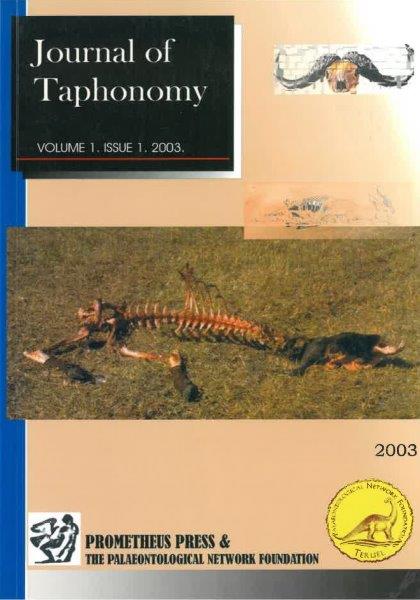


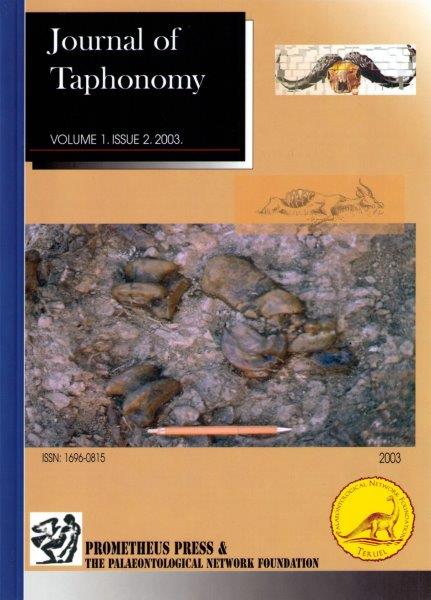

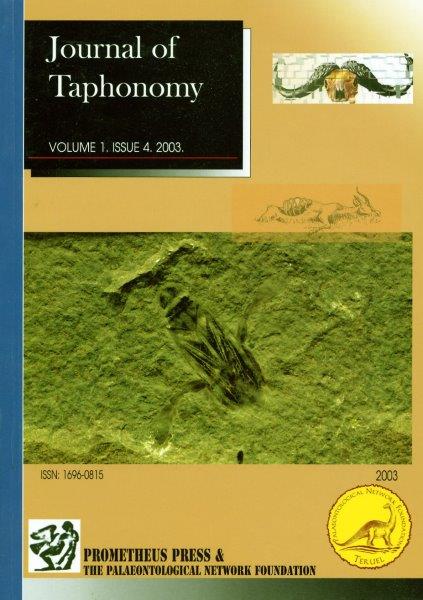
![VOLUME 2. NUMBERS 1-4. 2004 [Special volume on Debating Issues of Equifinality in Ungulate Skeletal Part Studies. N. D. Munro & G. Bar-Oz (eds.)]](https://journaltaphonomy.com/wp-content/uploads/2019/10/2004-2-1-4.jpg)

